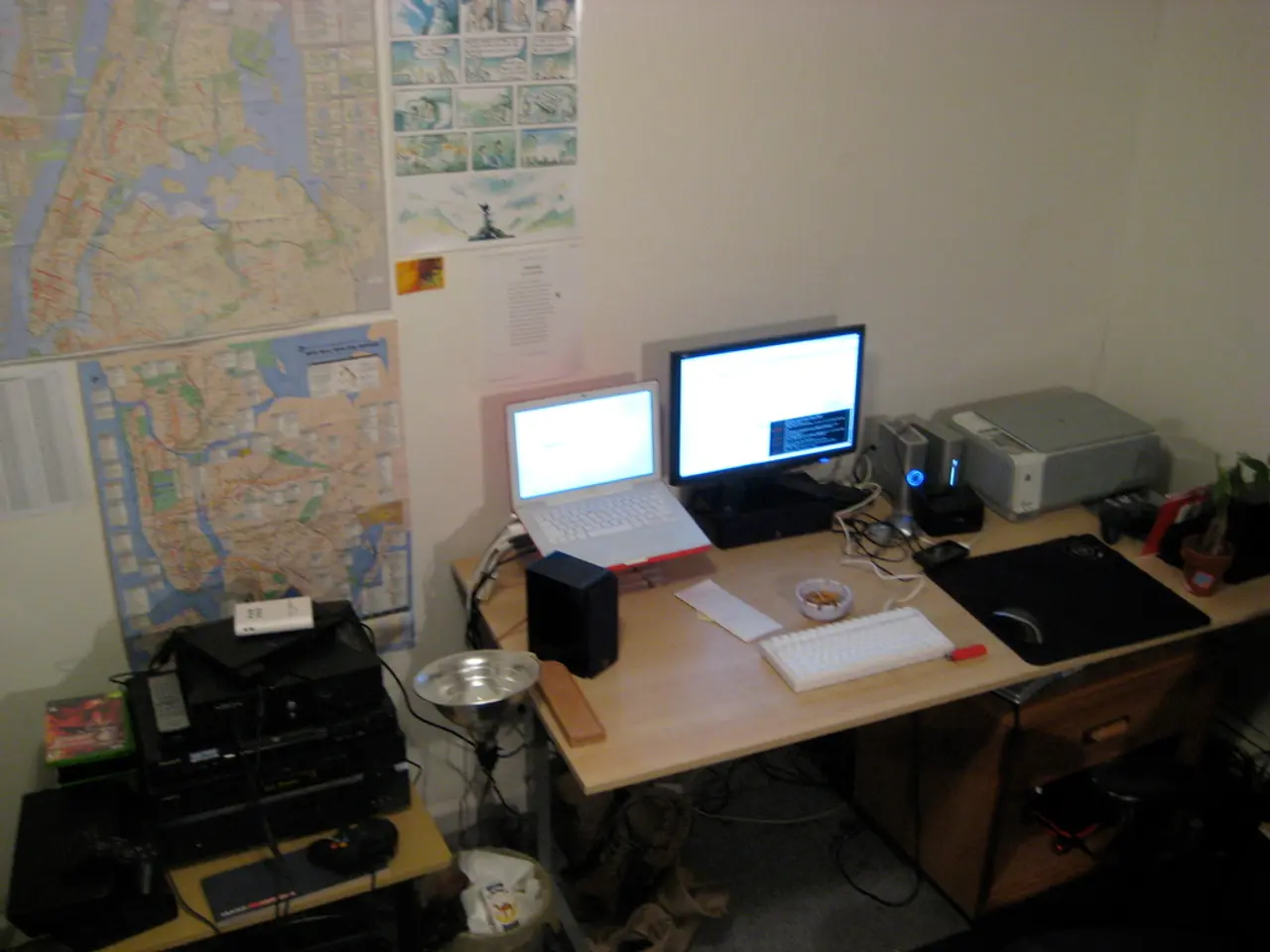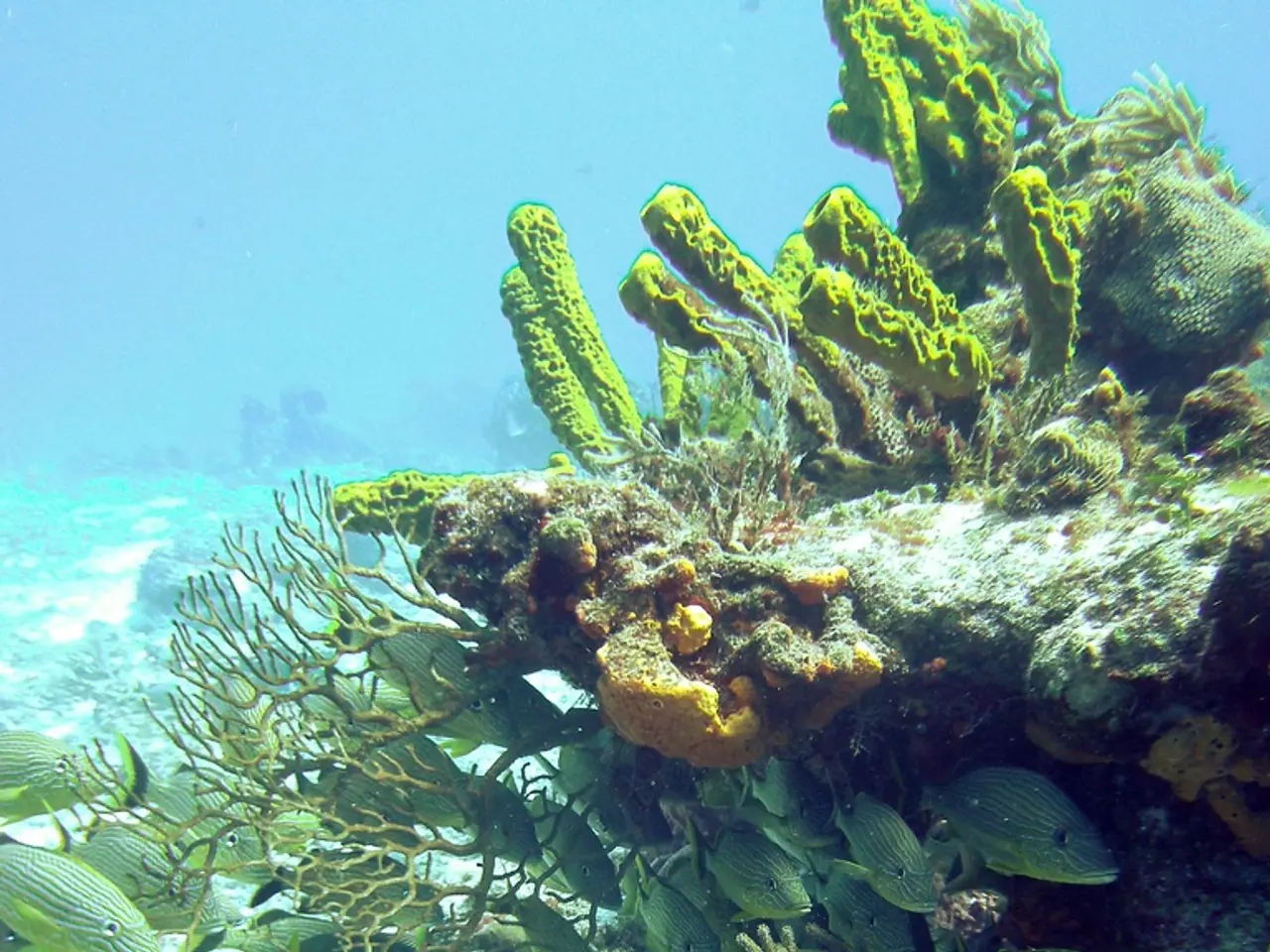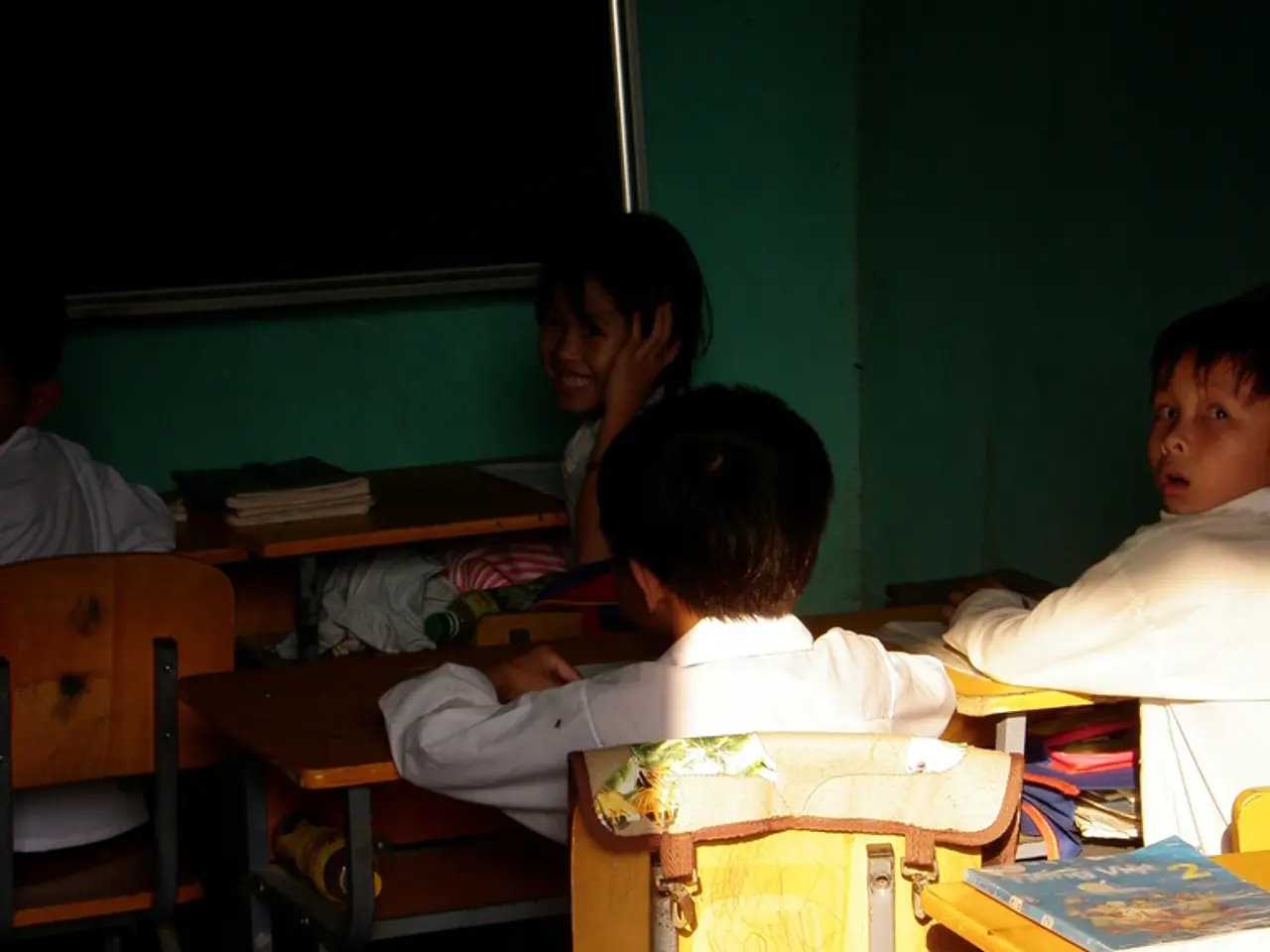Tragedy Surrounding Investigative Reporter Gary Webb, Who Took His Life Following Revelation of CIA Involvement
In the mid-1990s, investigative journalist Gary Webb published a groundbreaking series of reports that linked the Central Intelligence Agency (CIA) to a drug trafficking network in California during the height of the crack epidemic.
Webb's three-part exposé, published in the San Jose Mercury News in 1996, revealed connections between a guerrilla army in Nicaragua, a Southern California drug ring, and the CIA. The series, titled "Dark Alliance," focused on Nicaraguan traffickers connected to the Contras, such as Danilo Blandón and Norwin Meneses, who allegedly funneled cocaine to dealers like "Freeway" Rick Ross, facilitating crack distribution in Black communities.
Ross, who made over $900 million in the 1980s and had his drug empire expanded to 42 U.S. cities, confirmed to Webb that he met Blandón in 1981 or 1982, around the time when Blandón started dealing drugs. Blandón spent just 28 months in prison, followed by unsupervised probation, and received more than $166,000 from the Department of Justice for his services as an informant in the two years after his 1994 release.
Webb's reporting challenged the widely held belief that crack use began in African American neighborhoods for no tangible reason but mainly because of the kind of people who lived in them. Instead, he suggested that the guerrilla army had used crack cocaine sales in Los Angeles' black neighborhoods to fund an attempted coup of Nicaragua's socialist government in the 1980s.
The evidence supporting Webb's claims centers on his investigative reporting that linked Contra-affiliated drug traffickers, indirectly supported or overlooked by the CIA, with the influx of cocaine into Los Angeles during the 1980s crack epidemic.
The 1998 CIA Inspector General report acknowledged that the CIA had relationships with Contra-linked individuals involved in drug trafficking and was aware of drug activities but found no conclusive proof that the CIA directly orchestrated cocaine trafficking or specifically targeted Black communities with crack distribution. However, the report also admitted to the CIA's failure to investigate fully or act on drug trafficking allegations related to the Contras during the relevant period.
While Webb’s series was initially impactful, several major newspapers, including the Washington Post, New York Times, and Los Angeles Times, criticized his reporting. This led to Webb's downfall and eventual suicide in 2004. Nonetheless, official CIA reports somewhat corroborated parts of Webb’s allegations regarding knowledge and indirect complicity.
Oscar Danilo Blandón Reyes, a former Nicaraguan bureaucrat-turned-prolific cocaine supplier in California, was protected by invisible higher-ups who seemed to quietly hold jurisdiction over local authorities from 1981 to 1986. Blandón was busted on drugs and weapons charges in 1986, and later became an informant for the DEA, testifying that his drug ring sold close to one ton of cocaine in the U.S. in 1981 alone, and that whatever profits went to the CIA were used for the contra revolution.
Another key figure in Webb's investigation was DEA agent Celerino Castillo III, who was assigned to El Salvador. Castillo heard that the Contras were flying cocaine out of a Salvadoran airport and into the U.S., but his information was met with an internal investigation, not of these flights, but of him.
The reports set off protests in L.A. and black communities across the country, as African-Americans were outraged by the assertion that the U.S. government may have supported or turned a blind eye to a drug epidemic that ravaged their population. Ross, who was released from prison in 2009 after finding a legal loophole that set him free, spent hours talking with Webb at the Metropolitan Correctional Center in San Diego, where he found that Ross knew nothing about Blandón's past or the Contras.
In summary, the main evidence supporting Webb's claims is the CIA Inspector General’s report confirming agency knowledge and insufficient action regarding drug trafficking by Contra allies, plus Webb’s detailed tracing of drug networks linking the Contras to the Los Angeles crack epidemic. However, no official proof exists that the CIA directly orchestrated crack distribution in Black communities, and the agency denies intentional culpability.
- The link between politics and history is evident in the story of investigative journalist Gary Webb, who in the mid-1990s published a series of reports that revealed connections between the CIA, a drug trafficking network, and the crack epidemic in California.
- In the realm of education and self-development, Webb's work serves as a powerful example of investigative reporting, challenging established beliefs and sparking debates about health and wellness, particularly in the context of medical-conditions like addiction.
- General news outlets, such as the Washington Post, New York Times, and Los Angeles Times, have contributed to the political discourse by critiquing Webb's reporting, leading to controversy and ethical discussions about journalistic responsibility.
- The science of drug trafficking and its impact on communities can be studied further by examining the case of investigative journalist Gary Webb, whose work highlights the complex interplay between politics, society, and the illegal drug trade, with far-reaching implications for public health and international relations.




